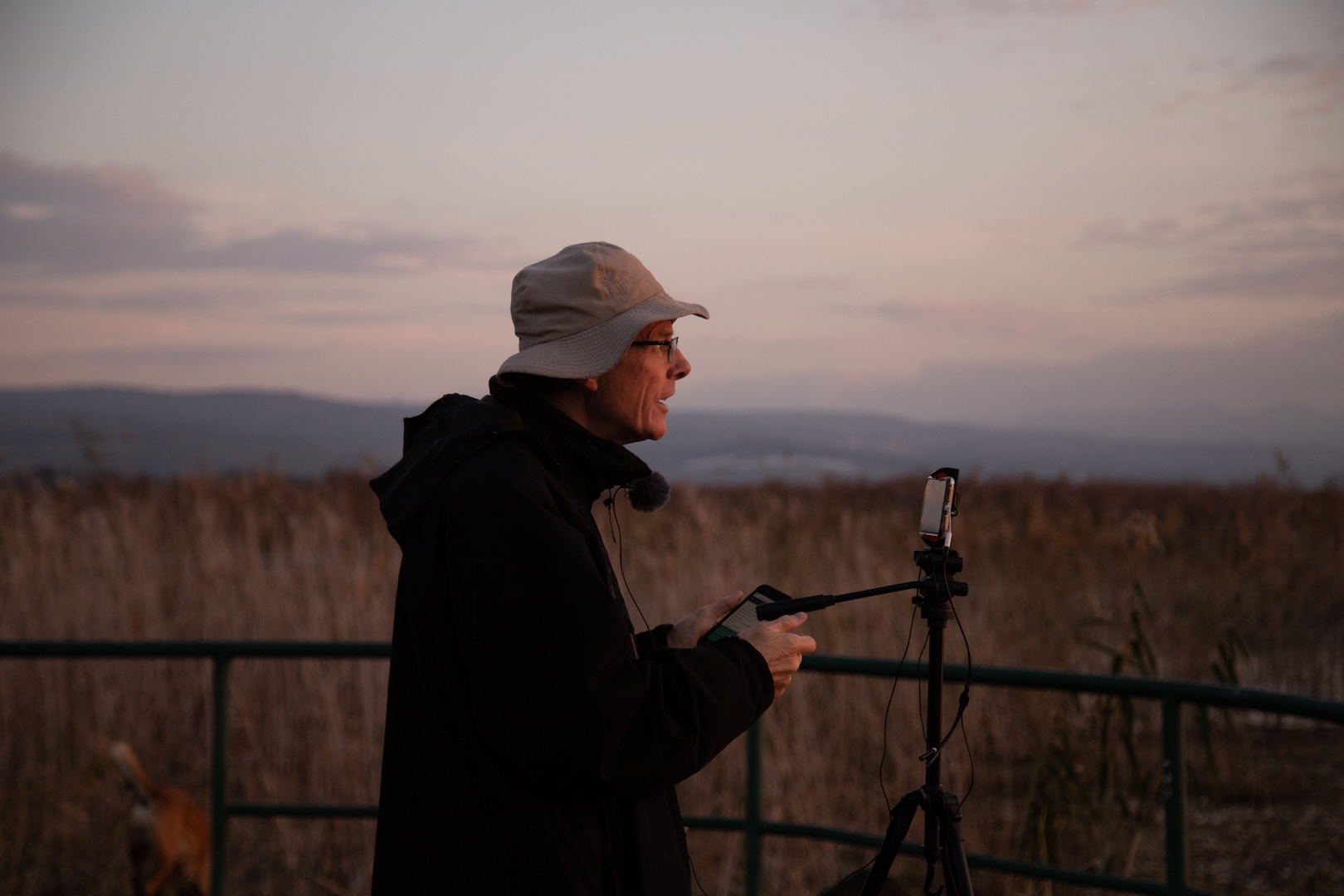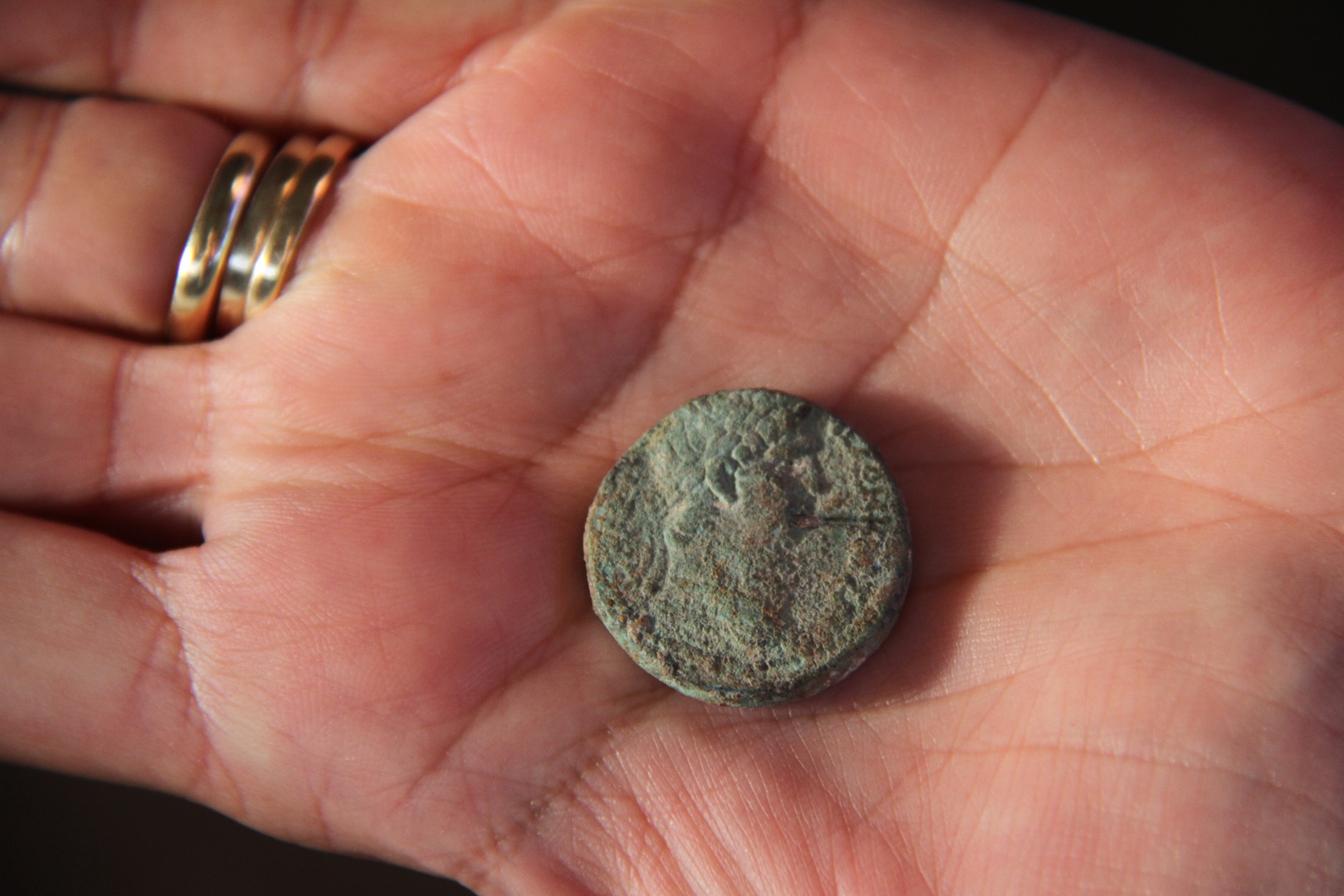We have known several nineteenth-century authors who speak of the miserable village that occupied the place of the once bustling Magdala: that village which, for Ulrich Seetzen, was a refuge against bandits, and, for the mystic Solomon Malan, a source of inspiration. But who were the inhabitants of this village?
Little is known about them. It is said that between the 18th and 19th centuries, some peasants (fellahin) from Egypt settled there. Conder and Kitchener, in their Survey of Western Palestine (1881) write of el-Mejdel: “Mud and stone village, containing 80 Moslems; situated in the plain of partly arable soil; no gardens.” A census from 1887 attributes 170 souls to el-Mejdel. When the Franciscan priest and archaeologist Bellarmino Bagatti visited the village in 1935, he counted about 300 inhabitants, all of them direct relatives—nine wives, sons- and daughters-in-law, children and grandchildren—of the village mukhtar (chieftain).
In the early 20th century, precisely in 1910, some Jews fleeing the Russian pogroms arrived in the region. Two kilometers north of the Arab village, they founded a small agricultural estate: the Moscow Farm. Over time, this estate would grow into a village; which in honor of ancient Magdala, was called in Hebrew ‘Migdal’, a name which endures to this day.
Discover more articles from this category







